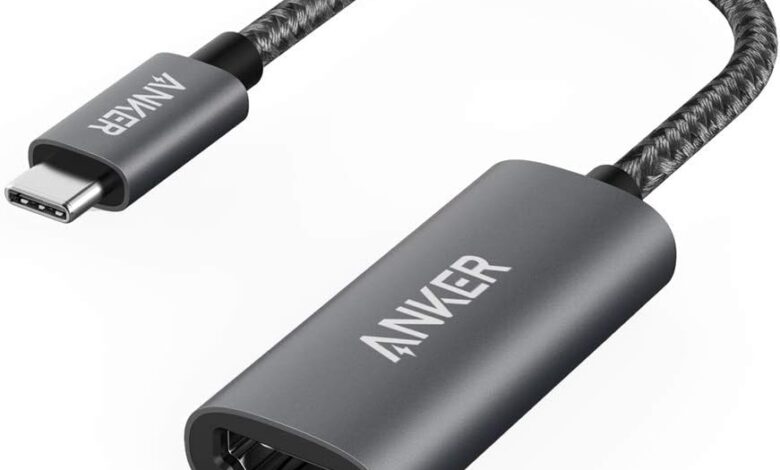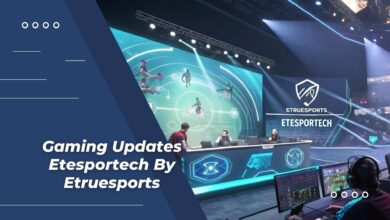USB C to HDMI: The Ultimate Guide to Connecting Devices with Ease

Introduction to USB C to HDMI
In today’s interconnected digital world, USB C to HDMI has become a game-changer, revolutionizing the way we connect devices. Whether you’re projecting a presentation, streaming movies, or enhancing your gaming experience, this connection offers unparalleled convenience and quality.
USB C, known for its versatility and compact design, has quickly become the standard for modern devices. When paired with HDMI’s ability to transmit high-definition video and audio, the result is a seamless way to bridge older and newer technologies. This guide will explore everything you need to know about USB C to HDMI, helping you make informed decisions while maximizing your device capabilities.
From understanding the technology to troubleshooting common issues, this article will walk you through the essentials of USB C to HDMI connections, ensuring you’re equipped with the knowledge to get the most out of your devices.
Understanding USB C and HDMI
What is USB C?
USB C is the latest advancement in USB technology, offering faster speeds, more power, and greater flexibility compared to its predecessors. Its reversible design eliminates the frustration of trying to plug in cables the right way, making it a user-friendly option.
Beyond its physical characteristics, USB C supports multiple protocols, including USB 3.1, Thunderbolt 3, and DisplayPort, allowing it to handle data, power, and video transmission simultaneously. This versatility has made USB C the preferred choice for laptops, smartphones, and tablets.
What is HDMI?
HDMI, or High-Definition Multimedia Interface, has been the gold standard for transmitting high-definition video and audio since its inception. It simplifies connectivity by combining video and audio signals into a single cable, supporting resolutions up to 8K in the latest versions.
The technology has evolved over the years, with each version introducing new features. HDMI 1.4 brought 4K support, HDMI 2.0 improved bandwidth for higher frame rates, and HDMI 2.1 introduced features like Variable Refresh Rate (VRR) and Enhanced Audio Return Channel (eARC). Together, USB C to HDMI create a powerful tool for modern connectivity needs.
How USB C to HDMI Works
USB C to HDMI functionality relies on the USB C port’s ability to transmit video signals using Alternate Mode (Alt Mode). Alt Mode allows USB C ports to carry non-USB signals like DisplayPort or HDMI, enabling direct connections to external displays without the need for additional converters.
Active USB C to HDMI adapters include a built-in chip that converts the signal, ensuring compatibility even when Alt Mode is unavailable. Passive adapters, on the other hand, rely on the device’s native support for HDMI output.
These adapters and cables are ideal for connecting laptops to monitors, smartphones to TVs, or tablets to projectors, making them indispensable for work, entertainment, and gaming setups. However, understanding your device’s capabilities is crucial for a seamless experience.
Types of USB C to HDMI Solutions
USB C to HDMI Cables
USB C to HDMI cables offer a straightforward solution by combining both connectors into a single cable. These cables are ideal for users seeking simplicity and portability, eliminating the need for additional adapters. They are particularly useful for setups where mobility is key, such as connecting a laptop to a TV during travel.
USB C to HDMI Adapters
Adapters provide flexibility by allowing you to use an existing HDMI cable. These are especially handy for users who frequently switch between devices or need extended cable lengths. Single-port adapters are lightweight and compact, while multi-port adapters include additional features like USB ports and SD card readers.
USB C Hubs with HDMI Ports
USB C hubs combine multiple functionalities into a single device, making them a favorite among professionals and gamers. These hubs often include HDMI ports alongside USB, Ethernet, and SD card slots, streamlining cable management and enhancing productivity.
Choosing the Right USB C to HDMI Solution
Selecting the right USB C to HDMI solution involves several considerations:
- Device Compatibility: Ensure your device supports Alt Mode or has Thunderbolt 3/4 capabilities.
- Resolution and Refresh Rate: Check if the adapter or cable supports your desired resolution, such as 4K at 60Hz, for optimal visual performance.
- Build Quality: Invest in durable products with high-quality connectors and shielding to prevent signal loss.
- Length and Portability: Opt for a cable or adapter that meets your setup requirements without creating clutter.
Recommended brands like Anker, Belkin, and UGREEN offer reliable solutions for various needs. Avoid cheap, unbranded products, as they often compromise on quality and compatibility.
Troubleshooting USB C to HDMI Connections
Despite its ease of use, USB C to HDMI connections can encounter issues. Here’s how to address common problems:
- No Signal: Check that the cable or adapter is properly connected, and ensure your device recognizes the external display. Updating drivers may also resolve the issue.
- Audio Problems: Verify that the HDMI device is set as the default audio output in your system settings.
- Resolution Errors: Adjust the display settings to match the supported resolution of your monitor or TV.
For consistent performance, use high-quality adapters and keep your device’s firmware updated.
Benefits of Using USB C to HDMI
The combination of USB C and HDMI offers numerous advantages, including:
- Enhanced Productivity: Use larger displays for multitasking, presentations, and creative work.
- Superior Entertainment: Enjoy high-definition video and audio for streaming movies, gaming, and sports.
- Simplified Connectivity: Eliminate the need for multiple cables and adapters, creating a clutter-free setup.
USB C to HDMI has become an essential tool for modern users, bridging the gap between portability and performance.
Conclusion
USB C to HDMI is more than just a connection—it’s a gateway to unlocking the full potential of your devices. Whether you’re a professional seeking better workflows, a gamer chasing immersive experiences, or a movie enthusiast craving stunning visuals, this technology delivers on all fronts.
By understanding the types, functionality, and benefits of USB C to HDMI solutions, you can make informed choices that enhance your digital lifestyle.



